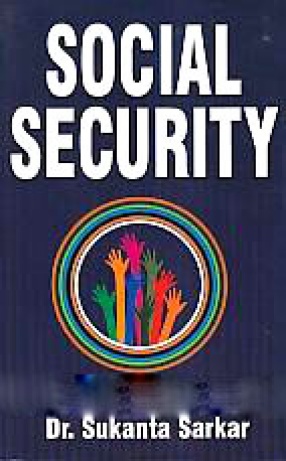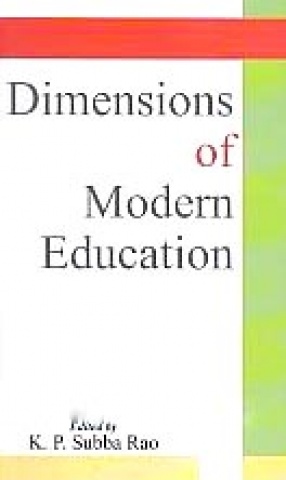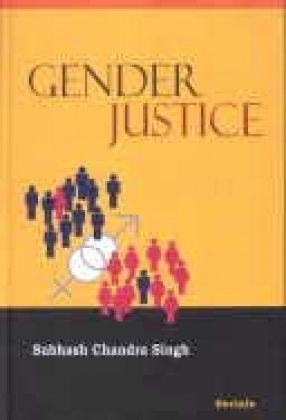There is a considerable and ever-growing body of literature which studies the advent of Indian independence in 1947 and the events surrounding it. Most of these books concentrate on nationalist campaigns to achieve independence or on the protracted negotiations with the British or on the role of political leaders. However, as the contributors to this volume maintain, there was more to the story of Indian independence than that. It is these neglected aspects of the tremendous upheavals that accompanied Indian independence which this important volume explores. First there were the appalling massacres which accompanied the partitioning of the subcontinent. Three aspects are considered: the train killings in the Punjab; images of horror as reflected in the literature; and the abduction of women who were, perhaps, the worst sufferers. The next three essays discuss the ensuing mass migrations; efforts to resettle the refugees in the Punjab, Bengal and Sind; and lingering memories of homes abandoned. The subsequent essay considers the turbulent process of integrating the Princely States into the Indian Union. All this upheaval, argue the contributors, was paradoxically accompanied not by revolution as in Indonesia and Vietnam but by a great many continuities. As the remaining three essays illustrate, Congress state governments took up where they had left off in 1939; the preceding militarization of the Punjab provided the basis of Pakistan’s civil-military state; while Indian big business saw the opportunity to fulfil its previously determined interests. Focusing as it does on popular perceptions and the human dimension, this volume significantly widens the perspectives that focus on the crucial decade of the forties in the history of the subcontinent. It will be of considerable interest to a wide audience including historians and political scientists and all those interested in the story of Indian independence.
Social Security
$38.70
$43.00





There are no reviews yet.